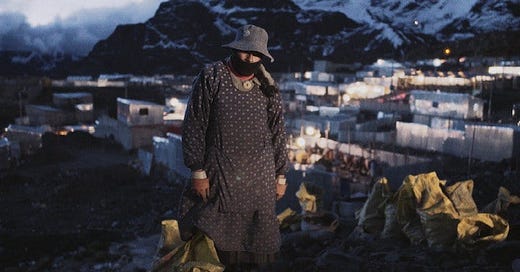‘Eldorado XXI’ Is an Unpredictable Experiment in Style from the Top of the World

Salomé Lamas makes unpredictable films. This is true on a nearly microscopic level, down to the intricacies of sound and editing. One never knows how long a shot will last, and the resulting tension dominates many of her images. Sounds come and go, often in a disconnected or even adversarial relationship with what appears on screen. Her films would rese…
Keep reading with a 7-day free trial
Subscribe to Nonfics to keep reading this post and get 7 days of free access to the full post archives.



